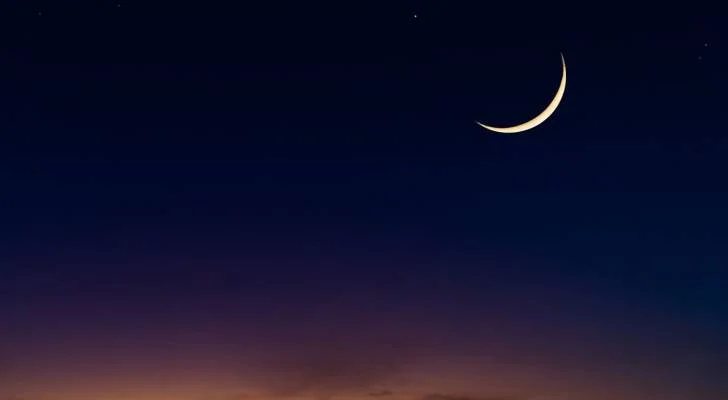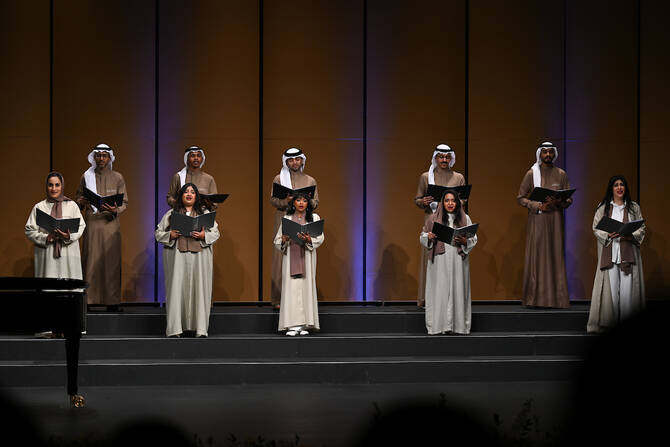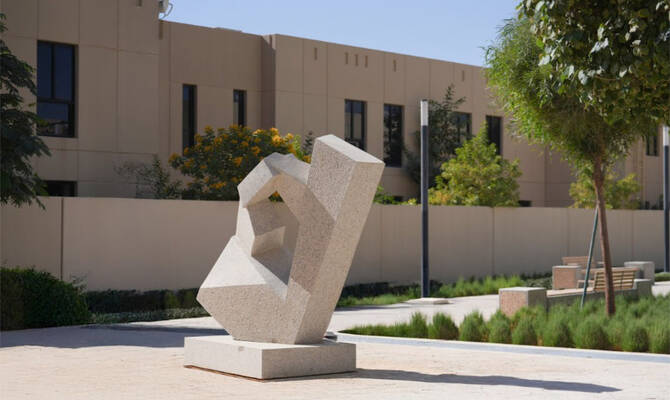The International Astronomy Center has confirmed that sighting the crescent moon of Shawwal on Saturday, March 29, will be impossible across all Arab and Islamic regions. This is due to the moon setting before the sun and the conjunction occurring after sunset.
Why is Sighting the Crescent Impossible?
Because of these astronomical conditions, seeing the crescent—whether with the naked eye, telescopes, or any other means—will be impossible on March 29.
When is Eid Al-Fitr Expected?
- For countries requiring actual crescent sighting to confirm the start of Shawwal, Ramadan is likely to complete 30 days, making Eid Al-Fitr on Monday, March 31.
- However, in regions where conjunction occurs before sunset, allowing the moon to set after the sun, some countries may declare Eid on Sunday, March 30, based on their traditional moon-sighting practices.

A Partial Solar Eclipse Confirms the Impossibility of Sighting the Crescent
On Saturday, March 29, parts of Northwest Africa, including Mauritania, Morocco, Algeria, and Tunisia, will witness a partial solar eclipse.
Since a solar eclipse is a clear astronomical event visible to the naked eye, it scientifically proves that the moon is still in conjunction and not yet visible, further confirming the impossibility of crescent sighting.
Warning Against False Crescent Sighting Claims
Given this clear astronomical evidence, any claims of crescent sighting on March 29 should be treated with caution, as they contradict the scientific reality and observable facts.
See More: New Bus Routes Launched to Serve the Diplomatic Quarter
















